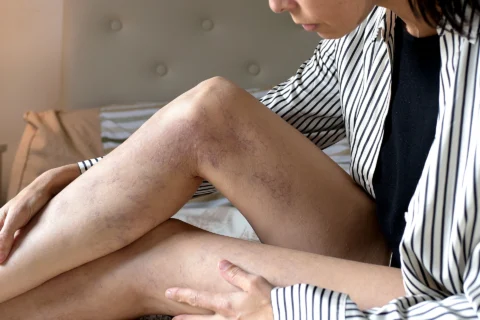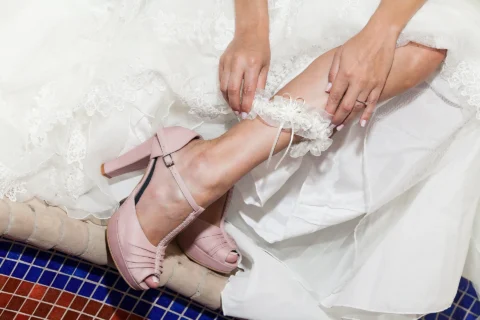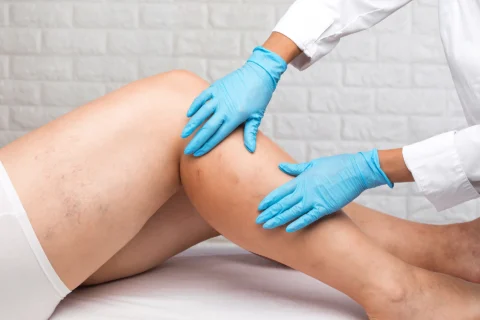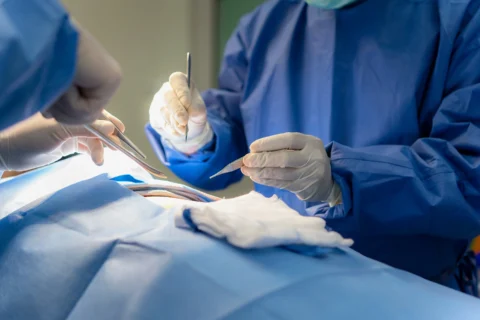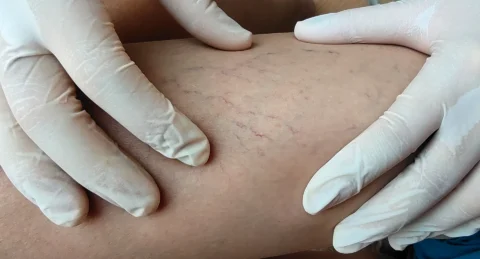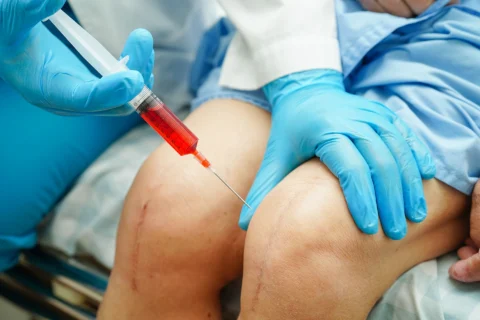Pregnancy is one of the best times in a woman’s life. However, our doctors at Vein Center Doctor understand that pregnancy can bring side effects that last long after birth.
Varicose veins are large, swollen blood vessels in your legs that can cause cramping, itching, and heaviness. These vessels, which are just under the skin, can be dark purple or blue and look twisted or bulging. Here are the essentials you need to know about treating your varicose veins after pregnancy.
Varicose veins and pregnancy
When you’re pregnant, the amount of blood pumping through your veins increases to support you and your baby. Increased blood volume places more pressure on your vessels, especially those in your legs. Even before pregnancy, the vessels in your legs work against gravity to keep blood from pooling in your legs and making sure it gets back to your heart.
During pregnancy, the extra weight, the pressure of your growing uterus, and the increase of the hormone progesterone — which relaxes blood vessels — can combine to develop large, swollen varicose veins.
Treatment options
Most people start with self-care techniques, such as compression stockings, exercise, and losing weight. But sometimes these strategies don’t relieve the discomfort, making it necessary to consider medical treatment. Two procedures our team uses are sclerotherapy and vein ablation.
What is sclerotherapy?
One way to treat your varicose veins after pregnancy is through a medical procedure called sclerotherapy. During this treatment, a salt solution is injected into the swollen vein to irritate the inside of the vessel and make it collapse. Once it collapses, the vessel walls stick together, allowing the blood to clot. With time, the vessel turns into scar tissue, and the appearance of the vein fades away.
How is sclerotherapy performed?
This procedure is performed in our office, and it usually takes about 30 minutes. The number of veins we can treat depends on where the veins are, how big they are, and your overall well-being.
Sclerotherapy uses a very fine needle to inject the solution into the vein. During the injection, you might notice some mild discomfort or cramping, which is usually more noticeable during the treatment of larger veins.
What is vein ablation?
This treatment uses laser energy to burn the vein and close it, so that blood can no longer pass through it. Vein ablation is a newer treatment that many patients find to be less painful than traditional varicose vein treatments. Besides making varicose veins less visible, the treatment can help ease the aching, skin irritation, itching, and swelling caused by varicose veins.
How is vein ablation performed?
First, your doctor inserts a thin laser fiber into the vein. Medication is then injected into the vein to cause it to collapse around the laser. Radiofrequency waves then heat the vein to cause it close, thereby stopping the flow of blood in the vein. Over time, the vein shrinks.
Am I a candidate for sclerotherapy or vein ablation?
The first step in minimizing the look of your varicose veins is to meet with one of our doctors to discuss your needs. Our team will review your health history, gather information about your symptoms, and examine your varicose veins. This information will help us create the best plan to treat your condition.
Most people are good candidates for either of these methods of removing varicose veins. You might not be a good candidate if you have had a blood clot in the past.
Are you ready to get rid of those unsightly veins? Book an appointment online or over the phone with Vein Center Doctor today.


